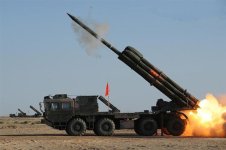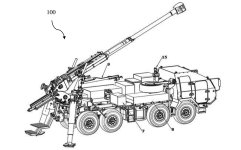It's not a satnav problem. I doubt if India's bm 30 is capable of using precision-guided munitionIf it's a navigation problem, it will be related to GLONASS integration.
GLONASS had issues back then. There were less than adequate satellites in orbit and the Russians would have obviously not prioritized our area of influence.
18 satellites are necessary to cover Russia only, and that's what they had in 2008. 6 more were necessary to cover India. It took until 2011 for the remaining 6 + replacements for older ones to be launched.
You can see the list for 2008 to 2011.

List of GLONASS satellites - Wikipedia
en.wikipedia.org
So I wouldn't read too much into it. The delays on their end led to the development of our own Navic. And we are yet to fully develop our own constellation. We have just 4 out of a necessary 7, and we need to expand to 11+2 for full China coverage. It will take until 2029 to finish the first phase. And then we have a second GPS/GLONASS-class system in the works that requires 24 satellites.
Moreover, Russia did not mass produce satellite guided rockets in 2009
The regular Bm 30 rocket has a very sophisticated guidance method, I doubt the Indians have figured this out
The ordinary rocket used by the BM-30 rocket is equipped with an accelerometer, and the gun barrel only gives the initial flight direction of the rocket. During the flight, the accelerometer will measure the flight attitude and compare it with the initial launch direction. If there is any deviation, the gas rudder on the missile body will adjust it.








